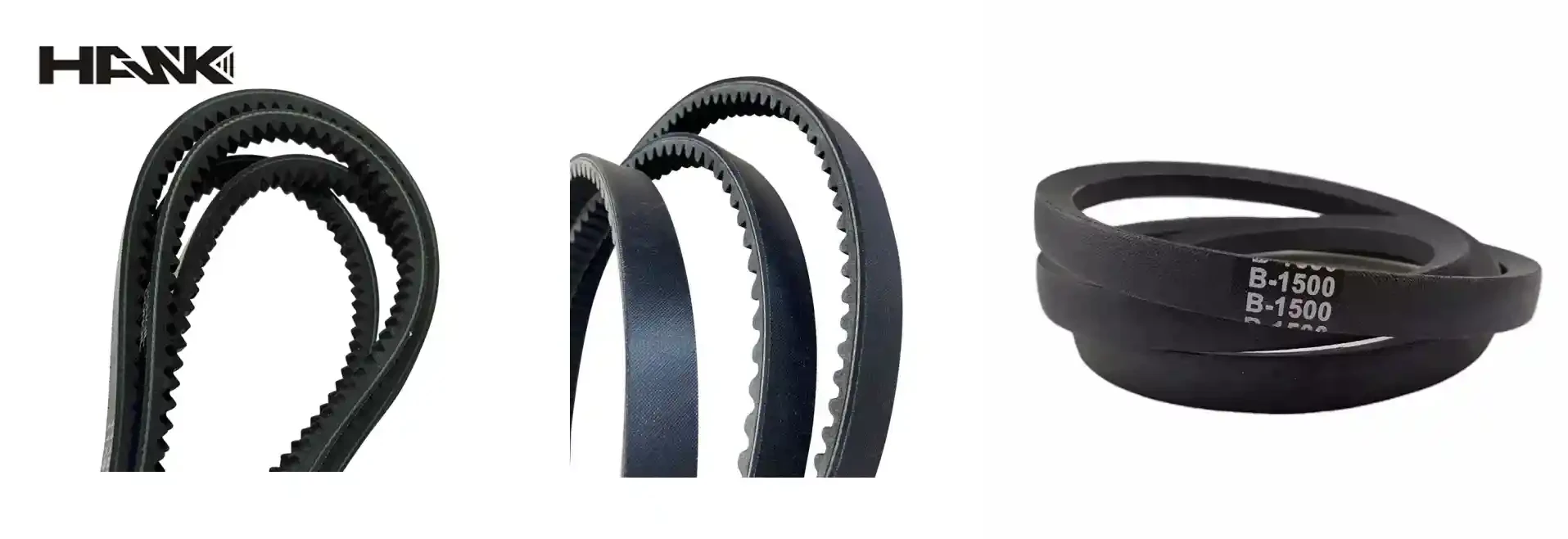- Arabic
- French
- Russian
- Spanish
- Portuguese
- Turkish
- Armenian
- English
- Albanian
- Amharic
- Azerbaijani
- Basque
- Belarusian
- Bengali
- Bosnian
- Bulgarian
- Catalan
- Cebuano
- Corsican
- Croatian
- Czech
- Danish
- Dutch
- Afrikaans
- Esperanto
- Estonian
- Finnish
- Frisian
- Galician
- Georgian
- German
- Greek
- Gujarati
- Haitian Creole
- hausa
- hawaiian
- Hebrew
- Hindi
- Miao
- Hungarian
- Icelandic
- igbo
- Indonesian
- irish
- Italian
- Japanese
- Javanese
- Kannada
- kazakh
- Khmer
- Rwandese
- Korean
- Kurdish
- Kyrgyz
- Lao
- Latin
- Latvian
- Lithuanian
- Luxembourgish
- Macedonian
- Malgashi
- Malay
- Malayalam
- Maltese
- Maori
- Marathi
- Mongolian
- Myanmar
- Nepali
- Norwegian
- Norwegian
- Occitan
- Pashto
- Persian
- Polish
- Punjabi
- Romanian
- Samoan
- Scottish Gaelic
- Serbian
- Sesotho
- Shona
- Sindhi
- Sinhala
- Slovak
- Slovenian
- Somali
- Sundanese
- Swahili
- Swedish
- Tagalog
- Tajik
- Tamil
- Tatar
- Telugu
- Thai
- Turkmen
- Ukrainian
- Urdu
- Uighur
- Uzbek
- Vietnamese
- Welsh
- Bantu
- Yiddish
- Yoruba
- Zulu
ನವೆಂ . 05, 2024 21:41 Back to list
fan belt timing belt
Understanding the Importance of Fan Belts and Timing Belts
In the realm of automotive engineering, certain components play pivotal roles in ensuring the smooth operation of vehicles. Among these, the fan belt and timing belt are two crucial elements that often come into the spotlight. While they serve different functions, their importance in vehicle performance and reliability cannot be overstated.
What is a Fan Belt?
The fan belt, also known as the serpentine belt, is essential for driving various accessories in an engine. These accessories typically include the alternator, power steering pump, water pump, and air conditioning compressor. In most modern vehicles, the fan belt connects to the engine crankshaft and powers these components through its rotating motion.
Without a functional fan belt, vital systems like power steering and cooling can fail, leading to overheating or difficulty in maneuvering the vehicle. Consequently, regular inspection and replacement of the fan belt are crucial for maintaining vehicle health. Signs of wear on a fan belt typically include visible cracks, fraying, or a squeaking noise during operations. Drivers should heed these warning signs to prevent potential breakdowns.
The Function of the Timing Belt
On the other hand, the timing belt, though less visible, plays an equally critical role in the vehicle’s operation. The timing belt is responsible for synchronizing the rotation of the crankshaft and the camshaft(s) in an engine. This synchronization is vital because it ensures that the engine's valves open and close at the correct times in relation to the position of the pistons. If the timing belt fails or becomes misaligned, it can lead to catastrophic engine damage, including bent valves, damaged pistons, or, in severe cases, complete engine failure.
Timing belts are typically made of rubber and reinforced with fibrous materials, offering both flexibility and strength. Like the fan belt, the timing belt endures wear and tear over time, making regular checks essential. Mechanics often recommend replacing the timing belt every 60,000 to 100,000 miles, depending on the vehicle’s design and manufacturer recommendations.
fan belt timing belt

Distinguishing Between Fan Belt and Timing Belt
While both belts are vital to vehicle operation, their functions are distinct, making understanding their differences significant for vehicle maintenance. The fan belt drives various accessories, while the timing belt controls the engine’s timing. As such, if the fan belt fails, it can lead to discomfort or inconvenience without necessarily destroying the engine. Conversely, timing belt failure can result in severe, irreversible engine damage.
Maintenance and Replacement
For optimal vehicle performance, it is essential to include both belts in routine maintenance schedules. A qualified mechanic should inspect the fan and timing belts during regular check-ups. Keep an eye on mileage and manufacturer recommendations regarding belt replacements.
If you notice any unusual noises, performance issues, or dashboard warning lights, it is wise to have your vehicle assessed promptly. Ignoring these signs can lead to more expensive repairs down the line.
Conclusion
Understanding the roles of both the fan belt and timing belt is crucial for every vehicle owner. These components work silently yet efficiently behind the scenes, ensuring the engine runs smoothly, cooling systems operate effectively, and all accessories function reliably. Regular maintenance, timely inspections, and awareness of the signs of wear can prolong the life of these essential belts, ensuring a safer and more efficient driving experience. By taking care of these components, you not only enhance your vehicle's performance but also protect your investment for years to come.
-
Korean Auto Parts Timing Belt 24312-37500 For Hyundai/Kia
NewsMar.07,2025
-
7PK2300 90916-T2024 RIBBED BELT POLY V BELT PK BELT
NewsMar.07,2025
-
Chinese Auto Belt Factory 310-2M-22 For BMW/Mercedes-Benz
NewsMar.07,2025
-
Chinese Auto Belt Factory 310-2M-22 For BMW/Mercedes-Benz
NewsMar.07,2025
-
90916-02660 PK Belt 6PK1680 For Toyota
NewsMar.07,2025
-
drive belt serpentine belt
NewsMar.07,2025

